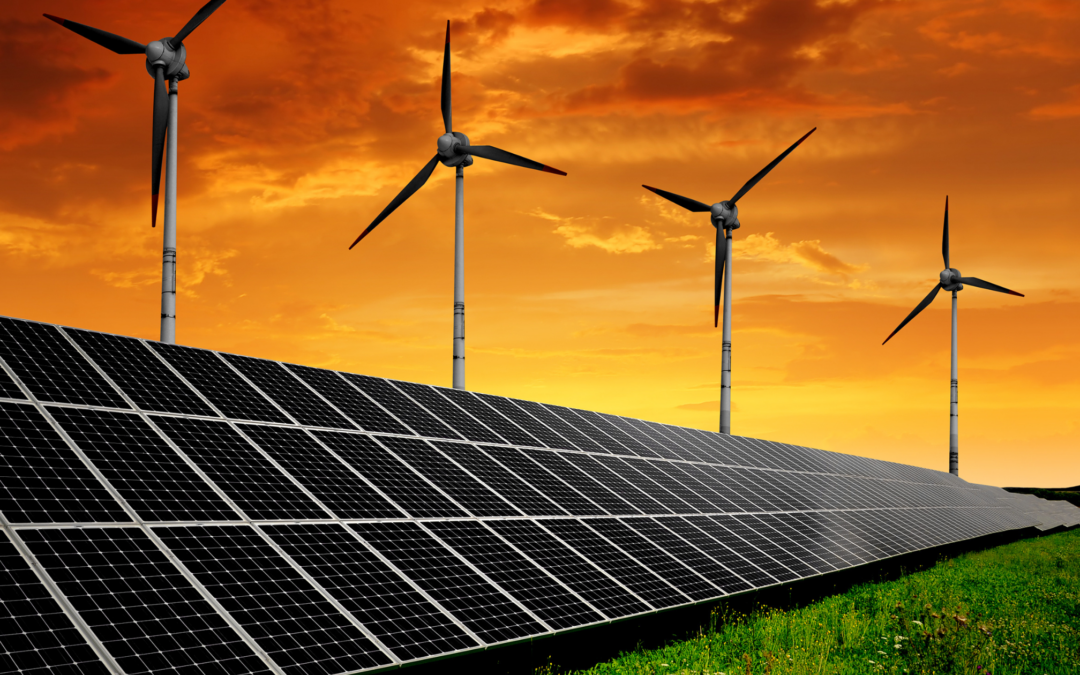The offshore renewable energy sector is experiencing rapid growth. New hybrid wind-solar projects are marking an evolution in how clean energy is generated at sea. Recent advancements in both infrastructure and policy are shaping a more integrated and resilient offshore energy future.
Surge in Offshore Wind Development
Offshore wind continues to expand globally, with the U.K. leading Europe in approvals and capacity. The U.K. government recently greenlit the Mona Offshore Wind Farm in the Irish Sea, expected to generate enough electricity to power more than 1 million homes. This project will be the region’s most significant and crucial part of the U.K.’s goal to reach 50 GW offshore wind capacity by 2030.
In the U.S., the Vineyard Wind project off Massachusetts’ Nantucket faces criticism over communication failures and environmental concerns. Once celebrated as the country’s first commercial-scale offshore wind project, critics argue that community engagement and transparency missteps could threaten public support for future projects. However, manufacturing and construction efforts are still progressing. Companies like Seatrium have updated progress on turbine substructures for the U.S. and North Sea markets, reinforcing supply chain growth.
Offshore Solar Emerges as a Key Complement
The Netherlands is leading the charge on integrating offshore solar with wind. The Hollandse Kust Noord project will soon be home to the world’s first hybrid offshore wind-solar power plant. The floating solar array is already built and ready for tow-out and installation, enabling dual energy generation from the same site.
To ensure this emerging sector scales responsibly, Dutch research institute Deltares has released new offshore solar certification recommendations focusing on structural stability, anchoring, and corrosion resistance. These challenges differ significantly from land-based solar systems.
Why Hybrid Offshore Systems Matter
By combining wind and solar, operators can optimize production across timeframes. Solar during the day, wind often peaking at night or in winter. Co-location also reduces the cost of subsea cabling, transformers, and transmission to shore. Additionally, environmental impact is minimized by sharing ocean space already disturbed by turbines.
What Next?
Despite momentum, political headwinds remain. In the U.S., the Trump administration’s rollback of clean energy policies and Congressional opposition led to stalled investments and the loss of thousands of wind-sector jobs. Recovery is underway, but future stability will depend on consistent policy, permitting clarity, and public engagement.
With hybrid projects now being deployed, the offshore energy landscape is transforming. The ocean is no longer just a frontier for wind. It’s becoming a multi-source powerhouse for sustainable energy.
Navigating the evolving offshore wind and solar landscape requires deep industry insight. For renewable energy valuations that reflect today’s dynamic market, Appraisal Economics is here to help.

